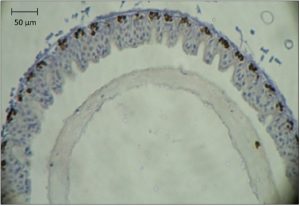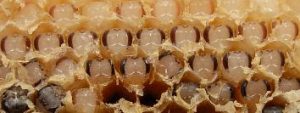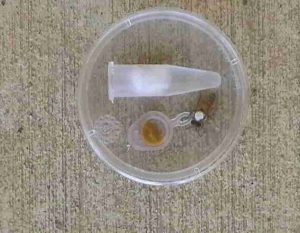We seek to explore different model stressors and the honey bee’s biological responses to them because stress and stress resistance are intimately linked to aging and honey bee health. Even though we understand the effect of stress in vertebrates and invertebrate models, honey bee stress biology has only recently started to be explored in detail. Therefore, little is known and we predict that numerous idiosyncrasies have evolved in honey bees due to the unique selection pressures in kin-selected social systems. Currently, we focus mostly on temperature, oxidative stress, and their interaction with biotic stressors. We also study intestinal stem cells as indicators of organismal stress. Current questions that particularly intrigue us are whether stress has long-lasting consequences including hormetic responses and how the social and external environment affect stress levels and resistance.



Examples:
Rueppell O., Yousefi B., Collazo J. & Smith D. (2017) Early life stress affects mortality rate more than social behavior, gene expression or oxidative damage in honey bee workers. Experimental Gerontology, 90: 19-25.
Simone-Finstrom M., Li-Byarlay H., Huang M.H., Strand M.K., Rueppell O., & Tarpy D.R. (2016) Migratory management and environmental conditions affect lifespan and oxidative stress in honey bees. Scientific Reports, 6: 32023.
Li-Byarlay H., Huang M.H., Simone-Finstrom M., Strand M.K., Tarpy D.R., & Rueppell O. (2016) Honey bee (Apis mellifera) drones survive oxidative stress due to increased tolerance instead of avoidance or repair of oxidative damage. Experimental Gerontology, 83(10): 15-21.
Forkpah C., Dixon L.R., Fahrbach S.E., Rueppell O. (2014) Xenobiotic effects on intestinal stem cell proliferation in adult honey bee (Apis mellifera L) workers. PLoS ONE, 9(3): e91180.
Rüppell O., Kirkman R. (2005) Extraordinary starvation resistance in Temnothorax rugatulus (Hymenoptera, Formicidae) colonies: Demography and adaptive behavior. Insectes Sociaux, 52: 282-290.